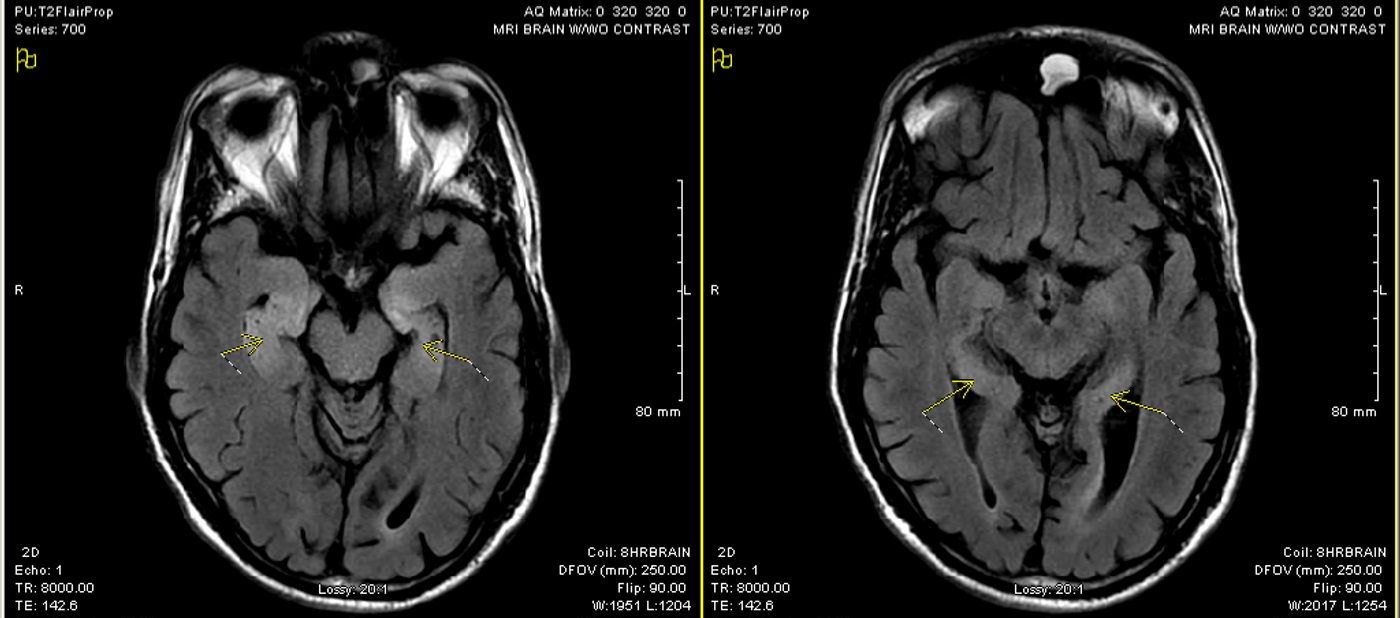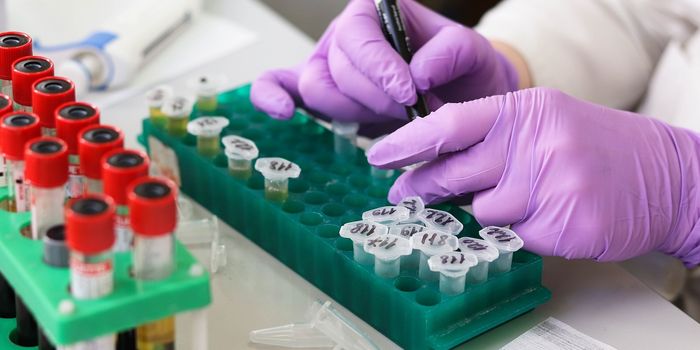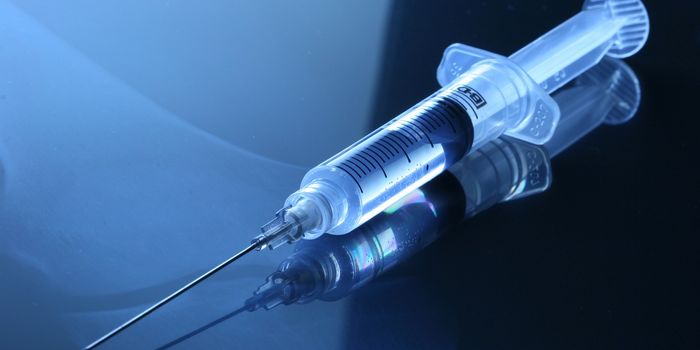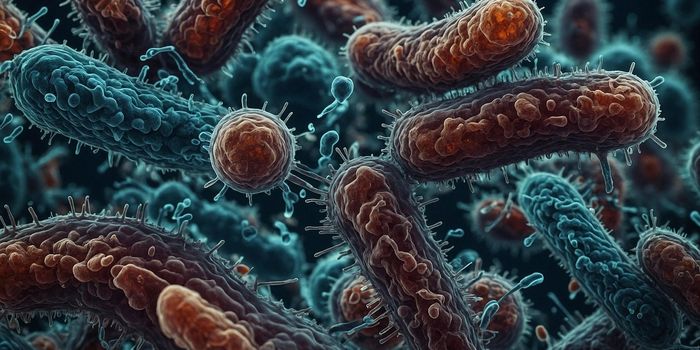Originally developed as an anesthetic in 1926, phencyclidine (PCP), also known as “angel dust,” was discontinued in 1965 when patients receiving the drug reported feeling delusional, anxious, and agitated. Soon after PCP emerged as an abused substance, and it is now present in many illegal drugs. Almost a century later, scientists discovered an autoimmune disease called autoimmune encephalitis (AE) which strangely has many of the same effects on the brain as PCP.
Like PCP, AE disrupts the function of a neurotransmitter called glutamate, specifically the NMDA receptor. A schedule II controlled substance, PCP causes feelings of detachment from the environment and self, while anti-NMDA AE produced schizophrenia-like symptoms: behavioral changes, psychosis, memory loss, and decreased levels of consciousness.
Image Credit: www.ryot.org
In a new study published in
Biological Psychiatry, scientific experts looked at AE patients recovering from the acute phase of the disease, testing their memory and looking for structural damage in the hippocampus, the part of the brain strongly associated with memory.
Multimodal magnetic resonance imaging (MRI) data from the 40 recovering AE patients showed several destruction of hippocampal microstructural integrity, as compared to 25 healthy control subjects. Decreased hippocampal volumes observed from the data was directly correlated to patients’ memory performance, severity of disease, and duration of disease.
Scientists and doctors agree that treating anti-NMDA AE quickly and aggressively is of utmost importance, because any behavioral symptoms that arise imply that autoantibodies are attacking hippocampal tissues. Unfortunately, the disease is incredibly difficult to diagnose.

MRI in Encephalitis. Areas of increased signal intensity are noted in the hippocampi. The right side is slightly thickened.
Image Credit: Intech
"[The behavioral symptoms] may be easily misdiagnosed as the psychiatric disorders that they superficially resemble,” explained
Biological Psychiatry Editor Dr. John Krystal.
“Early and aggressive treatment of AE leads to the best outcomes,” experts from the Autoimmune Encephalitis Alliance (AEA) added.
Additionally, AE diagnosis requires “collaboration among multiple medical disciplines,” as described by the AEA, with neurologists, rheumatologists, psychiatrists, and immunologists among some of the professionals needed.
A few treatment options exist for fortunate patients who receive an early diagnosis of one of the 13 known types of AE:
- Removal of teratoma (if present) that could be triggering autoimmune response
- Anti-inflammatory drugs
- Plasmapheresis to remove autoantibodies
- Intravenous immunoglobulin – occupies binding sites so harmful antibodies cannot attack brain tissue
Increased understanding of the disease progression from this study is also encouraging scientists to find more ways to better diagnose AE as early as possible, with advanced imagine protocols the first technology scientists plan to explore.
Source:
Elsevier,
Autoimmune Encephalitis Alliance,
Center for Substance Abuse Research at the University of Maryland










